Excavation process of tower group L
The My Son World Cultural Heritage Management Board (My Son Management Board) has just announced the preliminary report on the results of the second excavation project at the L tower group of My Son temple complex (Thu Bon commune, Da Nang city).
Tower L group is located on top of a small hill, about 75m south of BCD group. Similar to the late-built temple tower groups in My Son valley such as H and G groups, the high position of Tower L not only provides a wide observation range, covering the entire temple tower area, but also creates a prominent landscape in the overall space.
Dr. Nguyen Ngoc Quy (Institute of Archaeology), who presided over the second excavation of the L tower group, said that in 2019, geomorphological and geophysical surveys (non-invasive exploration) were conducted to map the remaining architectural remains underground before starting the excavation work.
Using magnetic mapping, the team identified the presence of a large rectangular brick enclosure that encircled the still buried structures of Group L. The northern side of the enclosure was excavated, revealing an extension leading into the L1 structure.
At the same time, a second structure was also discovered opposite the entrance of L1, consisting of a room with many pieces of pottery and roof tiles lying on the ground, marked as L2 architecture; L1 and L2 are located on the East-West architectural axis and are surrounded by walls. “The L tower group is an interesting research challenge to explain why for more than a century, this area has been abandoned and left to be covered by trees,” said Mr. Quy.
During the second excavation in 2025 with a permitted excavation area of 150m², experts opened new excavation pits and systematically stripped the layers of collapsed materials inside and around the L1 structure to reveal architectural features as well as study the sequence of collapse and the transformation process of the relic over time.
Experts discovered many pieces of pottery and various types of roof tiles lying on the ground and walkways around L1. The dissection work also revealed the destruction caused by nature and bombs during the war. The wooden roof structure with tile roof collapsed in the early stages and the walls collapsed later mainly due to bombs during the war.
According to the preliminary report of the second excavation of My Son L Tower, during the process of peeling off the brick layer, some iron nails and rotten pieces of wood were discovered. These materials are very likely to have originated from the wooden parts of the original roof structure of the building.
Their appearance provides important information about the construction techniques used, especially the use of iron nails to connect the components in the wooden roof frame system.
The inventory of roof tiles includes both L1 and L2 towers.
A worked stone artifact was discovered resting on a layer of tiles near the edge of the excavation pit, which is believed to have come from a stone door frame. However, due to its location close to the edge of the pit, it is difficult to determine whether the stone slab remained in its original position due to the collapse of the roof or was moved there at a later date.
Therefore, it can be assumed that the stone slab was moved to this location for another purpose. This stone slab, together with the previously discovered stone pedestal, is clear evidence that the area of Group L, especially the L1 structure, was reused in the period after the Cham people left the site, the roof collapsed and the structure was looted.
The existing subgrade shows unevenness and inconsistency. The well-preserved eastern subgrade has been identified as the original subgrade and matches the subgrade composition of the surrounding walkway around the outside of the building.
In contrast, the western part shows numerous large and small patches of limon and sand mixed with small broken brick fragments, including fine brick particles. These patches are likely traces of a repair or re-flooring phase, carried out while the building was still in use, involving the replacement of part of the original foundation.
From the initial results, international experts and archaeological studies have concluded that the L-tower architecture dates back quite late, around the 13th century, and could have been used until the early 14th century. This is the first time that the architectural dating has been more clearly determined based on the excavation results achieved.
The excavation results and new discoveries at the L tower group have contributed to identifying the value of late architecture at the My Son world heritage site, expanding the architectural space of the temple towers and creating a research attraction for the community in the coming time.
At the same time, it was also agreed that the remaining brick architecture and structural components in group L need to be stabilized to overcome the effects of time and war.
The entire area of the L tower group needs to be protected in a long-term, sustainable manner, ready to contribute to promoting its value. Dr. Nguyen Ngoc Quy said that the professional activities at the artifact warehouse were deployed throughout the field time of the expert delegation from Italy, mainly focusing on inventorying and researching the artifacts collected in all excavations up to now.
Following the completion of the L group of studies, both the excavation area and the L2 structure were backfilled to ensure the long-term protection of the site. The protective cover consisted of a layer of plastic mesh, followed by approximately 15 cm of sand and gravel, and finally a layer of broken bricks to provide additional protection from environmental impacts.
Structure L1 is covered with protective mesh and secured with heavy bricks. These conservation measures are taken to maintain the original state and ensure the integrity of the monument until further research or restoration activities.
During this excavation, research on artifacts discovered in previous excavation seasons continues. Research and cataloguing of artifacts recovered during the current excavation will be completed in the next phase of the project, scheduled to be implemented next year.
Source: https://baovanhoa.vn/van-hoa/dat-ra-nhieu-gia-thuyet-moi-158694.html


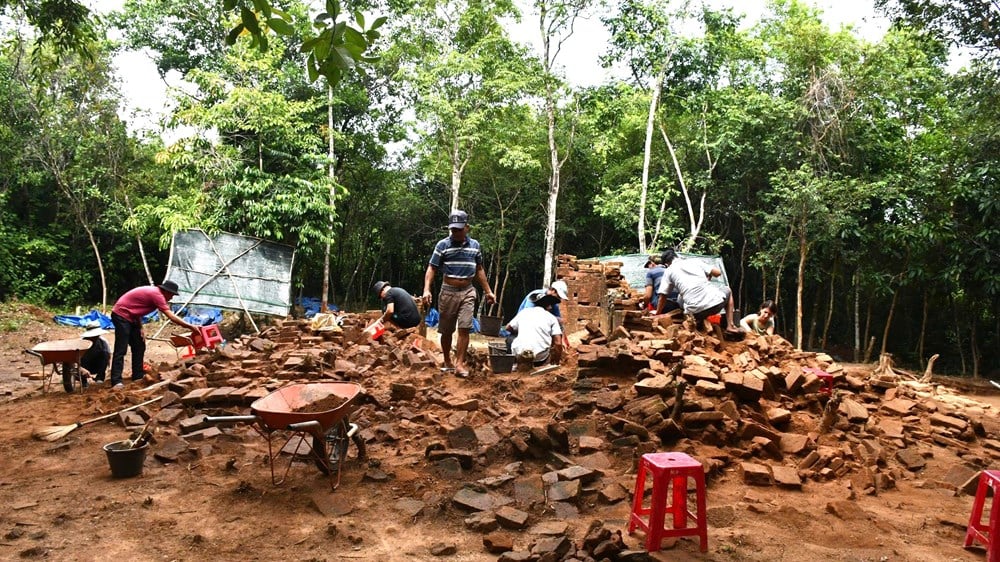
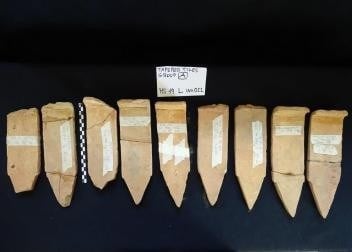
![[Photo] Special class in Tra Linh](https://vphoto.vietnam.vn/thumb/1200x675/vietnam/resource/IMAGE/2025/11/14/1763078485441_ndo_br_lop-hoc-7-jpg.webp)

![[Photo] Deep sea sand deposits, ancient wooden ship An Bang faces the risk of being buried again](https://vphoto.vietnam.vn/thumb/1200x675/vietnam/resource/IMAGE/2025/11/13/1763033175715_ndo_br_thuyen-1-jpg.webp)




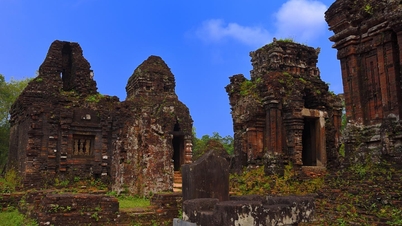

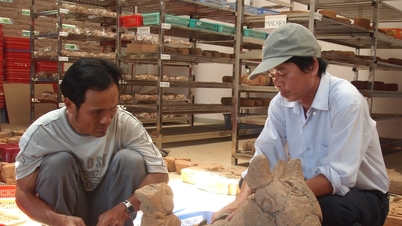

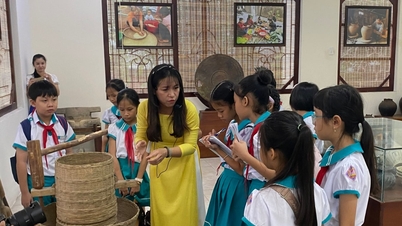

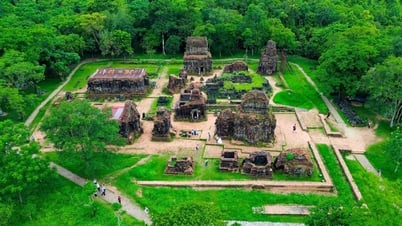

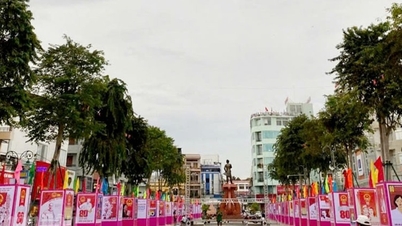

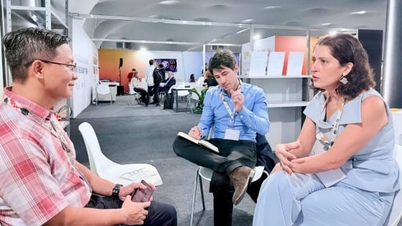



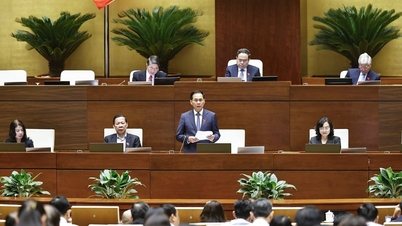
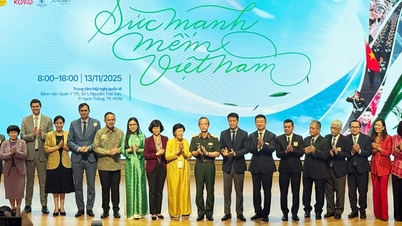

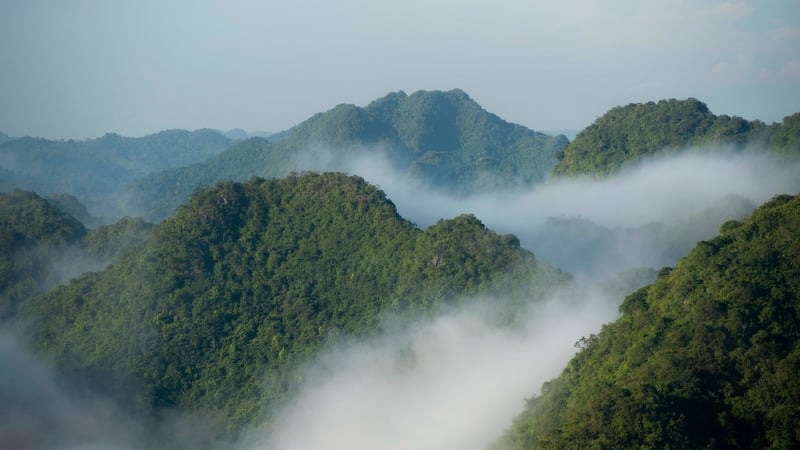



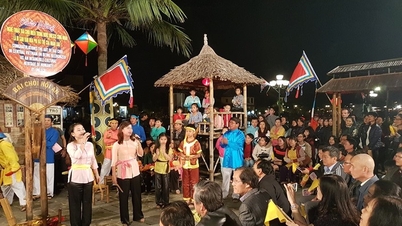


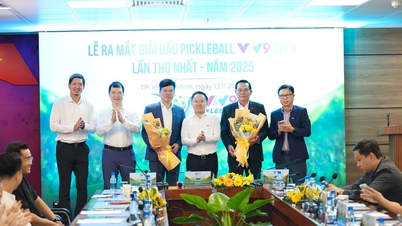
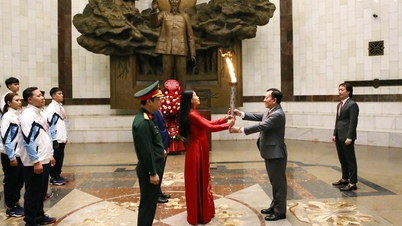


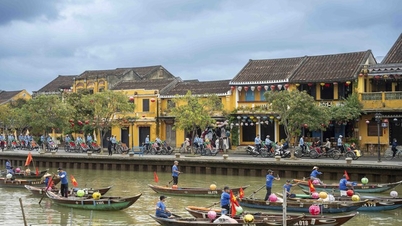

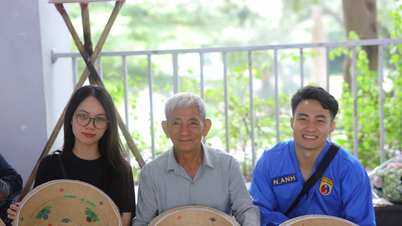




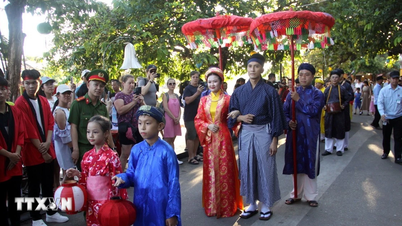

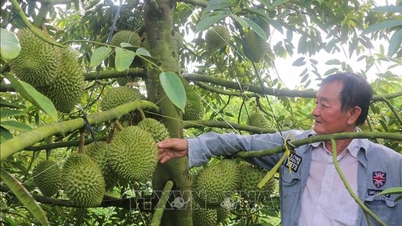
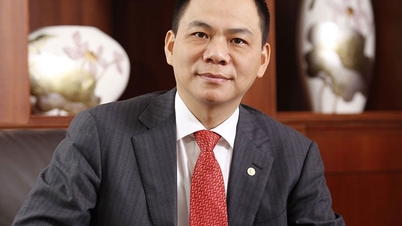

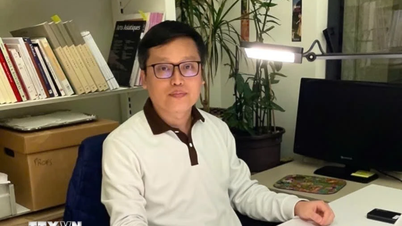
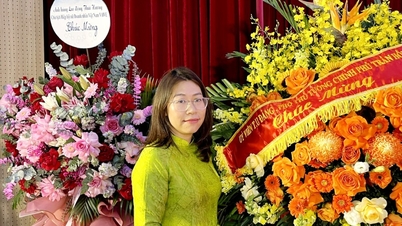










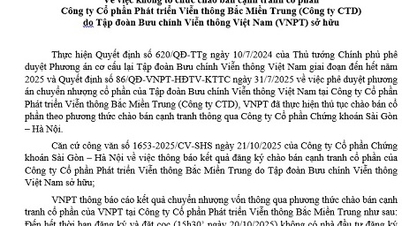







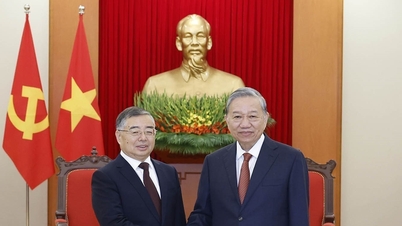
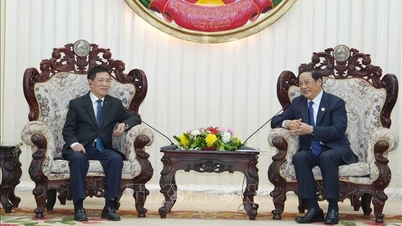


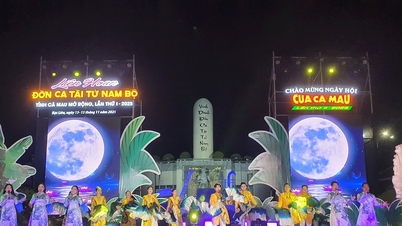



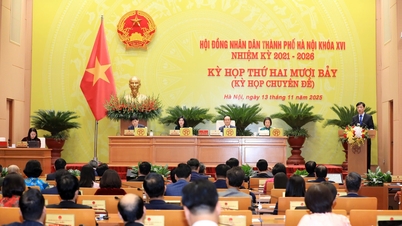

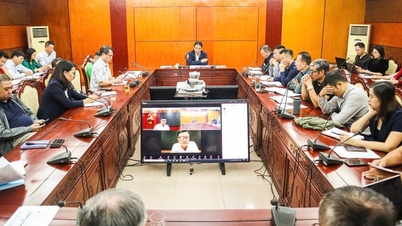

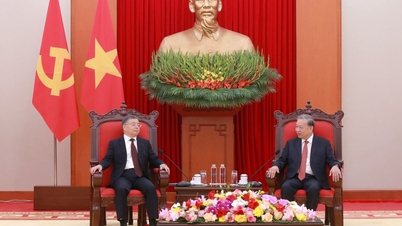




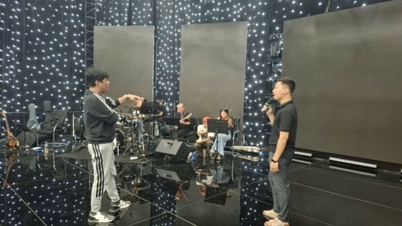

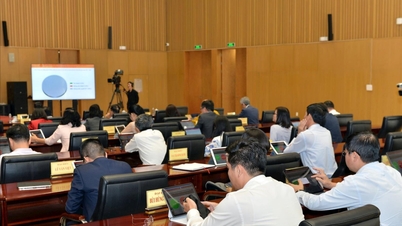

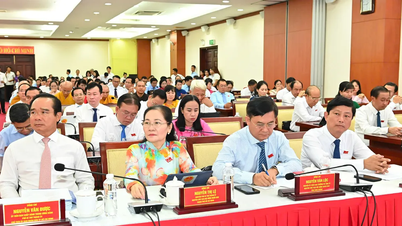

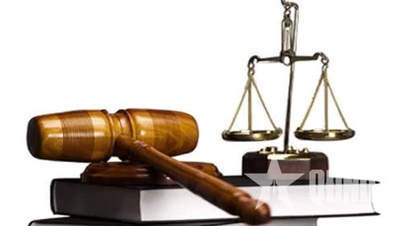

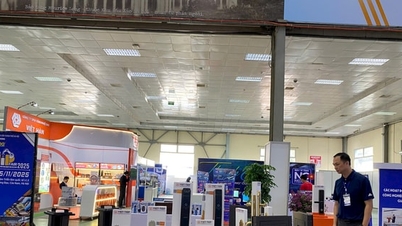


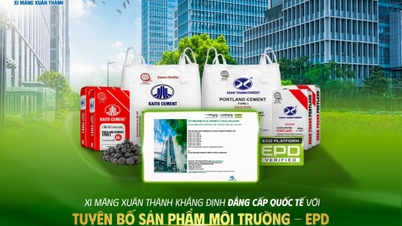
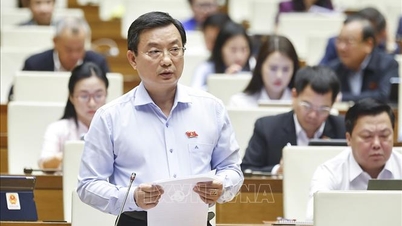
![Dong Nai OCOP transition: [Article 3] Linking tourism with OCOP product consumption](https://vphoto.vietnam.vn/thumb/402x226/vietnam/resource/IMAGE/2025/11/10/1762739199309_1324-2740-7_n-162543_981.jpeg)




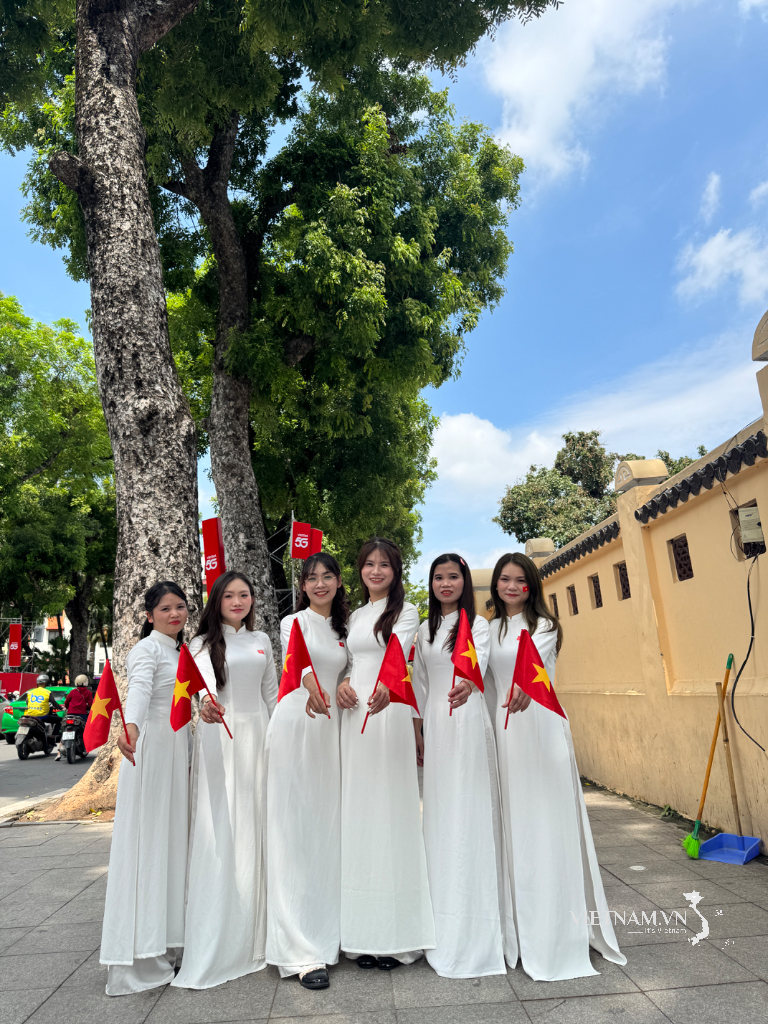
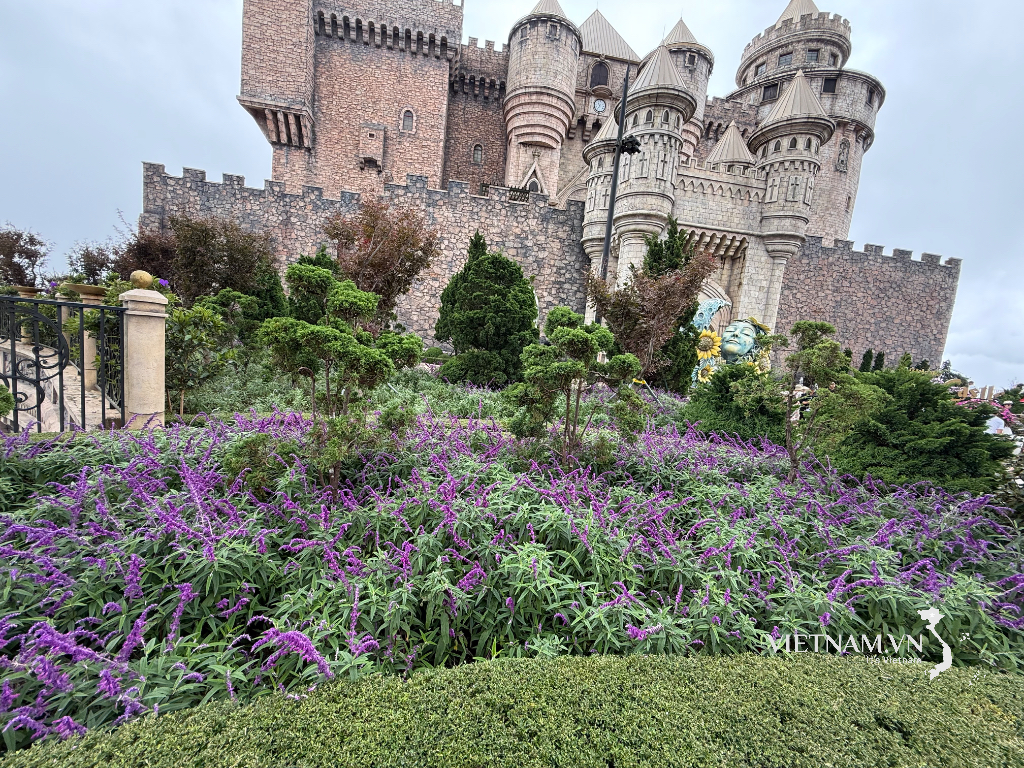

Comment (0)